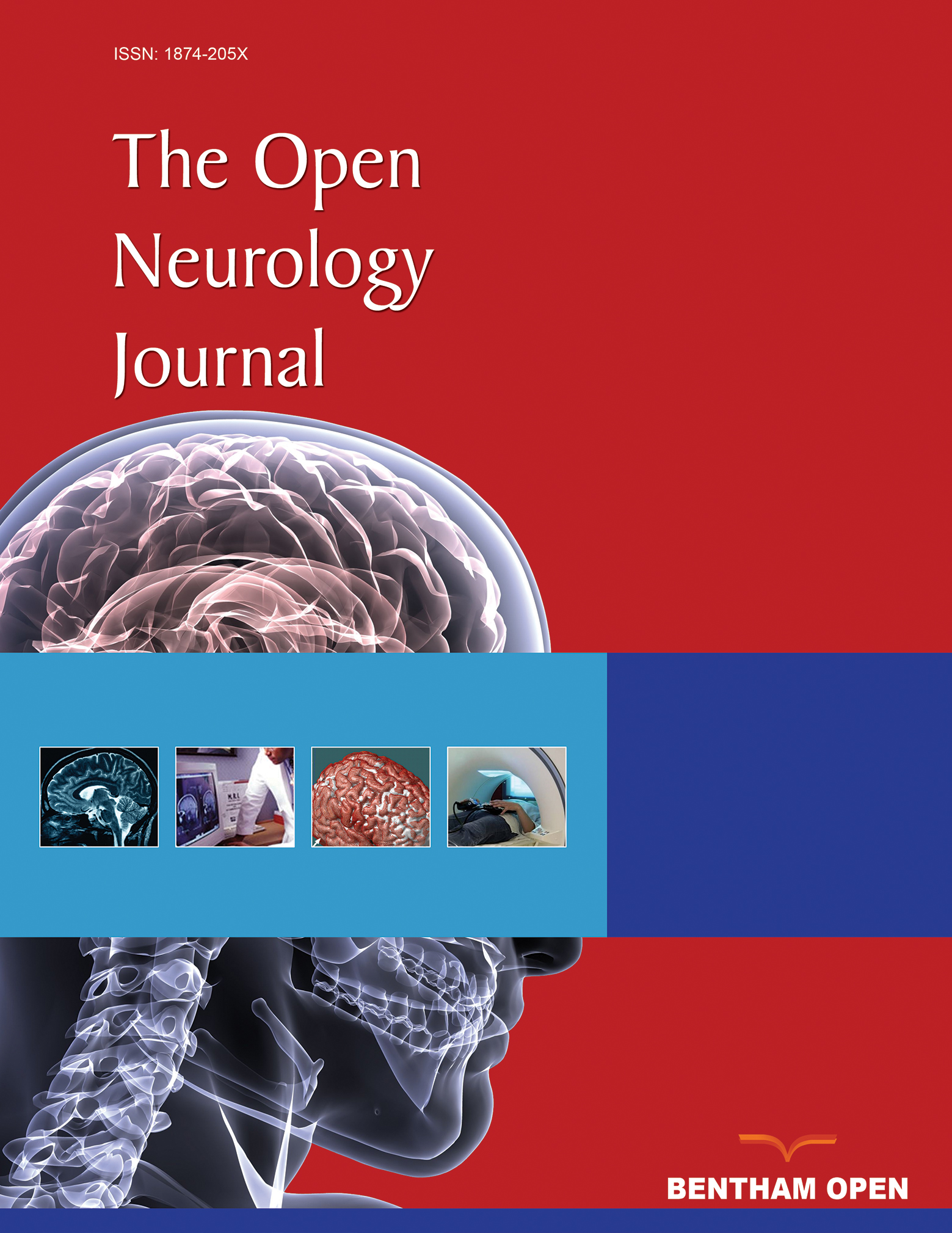Nucleic Acid Amplification Based Diagnostic of Lyme (Neuro-)borreliosis – Lost in the Jungle of Methods, Targets, and Assays?
Abstract
Laboratory based diagnosis of infectious diseases usually relies on culture of the disease causing micro-organism, followed by identification and susceptibility testing. Since Borrelia burgdorferi sensu lato, the etiologic agent of Lyme disease or Lyme borreliosis, requires very specific culture conditions (e.g. specific liquid media, long term cul-ture) traditional bacteriology is often not done on a routine basis. Instead, confirmation of the clinical diagnosis needs ei-ther indirect techniques (like serology or measurement of cellular activity in the presence of antigens) or direct but culture independent techniques, like microscopy or nucleic acid amplification techniques (NAT), with polymerase chain reaction (PCR) being the most frequently applied NAT method in routine laboratories.
NAT uses nucleic acids of the disease causing micro-organism as template for amplification, isolated from various sources of clinical specimens. Although the underlying principle, adoption of the enzymatic process running during DNA duplication prior to prokaryotic cell division, is comparatively easy, a couple of ‘pitfalls’ is associated with the technique itself as well as with interpretation of the results.
At present, no commercial, CE-marked and sufficiently validated PCR assay is available. A number of homebrew assays have been published, which are different in terms of target (i.e. the gene targeted by the amplification primers), method (nested PCR, PCR followed by hybridization, real-time PCR) and validation criteria. Inhibitory compounds may lead to false negative results, if no appropriate internal control is included. Carry-over of amplicons, insufficient handling and workflow and/or insufficiently validated targets/primers may result in false positive results. Different targets may yield different analytical sensitivity, depending, among other factors, of the redundancy of a target gene in the genome. Per-formance characteristics (e.g. analytical sensitivity and specificity, clinical sensitivity and specificity, reproducibility, etc.) are, if available, only applicable to a specific assay, running in a specific laboratory. Finally, not only the NAT/PCR method itself, but also the process of DNA isolation from the specimen, is highly diverse and may have fundamental im-pact on the (expected) PCR result. Of concern are distribution effects of DNA, in particular, if only low numbers of bacte-ria/genomes are present in a sample, as it is the case for instance in cerebrospinal fluids.
For the ordering physician and for the patient requesting PCR analysis, these ‘pitfalls’ are usually invisible. As a conse-quence, the reported result (i.e. PCR negative or positive for B. burgdorferi) is hard to interpret, especially, if the reported PCR result is contradictory to the clinical diagnosis or other laboratory findings. Moreover, due to the high number of dif-ferent assays in use, two laboratories, testing the same specimen, might come to different PCR results.
The current paper wants to summarize the available PCR/NAT assays for the detection of B. burgdorferi DNA in clinical specimens, with special attention to neurologic disorders, and to discuss the difficulties in PCR analysis and result inter-pretation, associated thereof. In view of growing numbers of patients who are diagnosed of having Lyme disease, and ac-knowledging a substantial growth in knowledge regarding other tick- or vector-borne pathogens, which might be able to induce symptoms comparable to Lyme (neuro-)borreliosis, efforts are urgently needed to standardize and harmonize methods for B. burgdorferi nucleic acid amplification.


